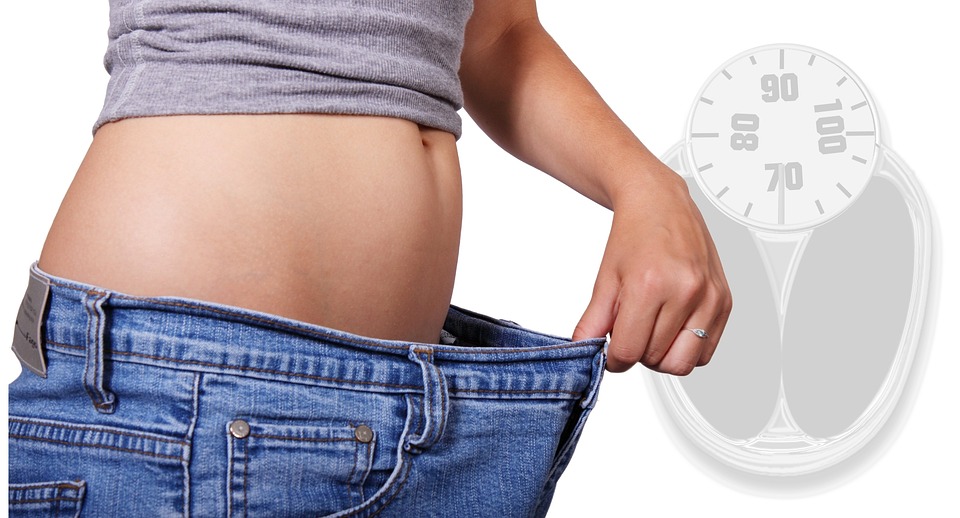The Ultimate Guide to Liposuction: Everything You Need to Know
Liposuction is a popular cosmetic procedure that helps individuals achieve their desired body contours by removing excess fat deposits. If you’re considering liposuction, it’s important to have a comprehensive understanding of the procedure, its benefits, risks, and recovery process. In this ultimate guide, we’ll cover everything you need to know about liposuction.
What is Liposuction?
Liposuction, also known as lipoplasty or body contouring, is a surgical procedure that targets and removes stubborn fat deposits from various areas of the body. These areas may include the abdomen, thighs, hips, buttocks, arms, and neck. Liposuction is not a weight loss solution but rather a body sculpting technique that helps improve body proportions and contours.
How Does Liposuction Work?
During a liposuction procedure, a thin tube called a cannula is inserted through small incisions in the skin. The cannula is used to suction out excess fat cells from the targeted areas, creating a slimmer and more defined appearance. Liposuction can be performed under local anesthesia, IV sedation, or general anesthesia, depending on the extent of the procedure and the patient’s preferences.
Benefits of Liposuction
There are several benefits to undergoing liposuction, including:
- Improved body contours
- Enhanced self-confidence
- Targeted fat removal
- Long-lasting results
Risks and Considerations
Like any surgical procedure, liposuction carries certain risks and considerations. These may include:
- Infection
- Bruising and swelling
- Irregular contours
- Fluid accumulation
Recovery Process
The recovery process after liposuction varies from patient to patient but generally involves wearing compression garments, managing pain and swelling, and avoiding strenuous activities for a few weeks. It’s important to follow your surgeon’s post-operative instructions carefully to ensure a smooth recovery and optimal results.
FAQs
Q: Is liposuction a weight loss procedure?
A: No, liposuction is not intended for weight loss but rather for targeted fat removal and body contouring.
Q: How long do liposuction results last?
A: Liposuction results are long-lasting, provided that the patient maintains a healthy lifestyle and does not experience significant weight gain.
Q: Are there any risks associated with liposuction?
A: Like any surgical procedure, liposuction carries certain risks, including infection, bruising, swelling, and irregular contours.
Q: What areas of the body can be treated with liposuction?
A: Liposuction can target areas such as the abdomen, thighs, hips, buttocks, arms, and neck, among others.
For more information on liposuction, check out this comprehensive guide from the American Society of Plastic Surgeons.




